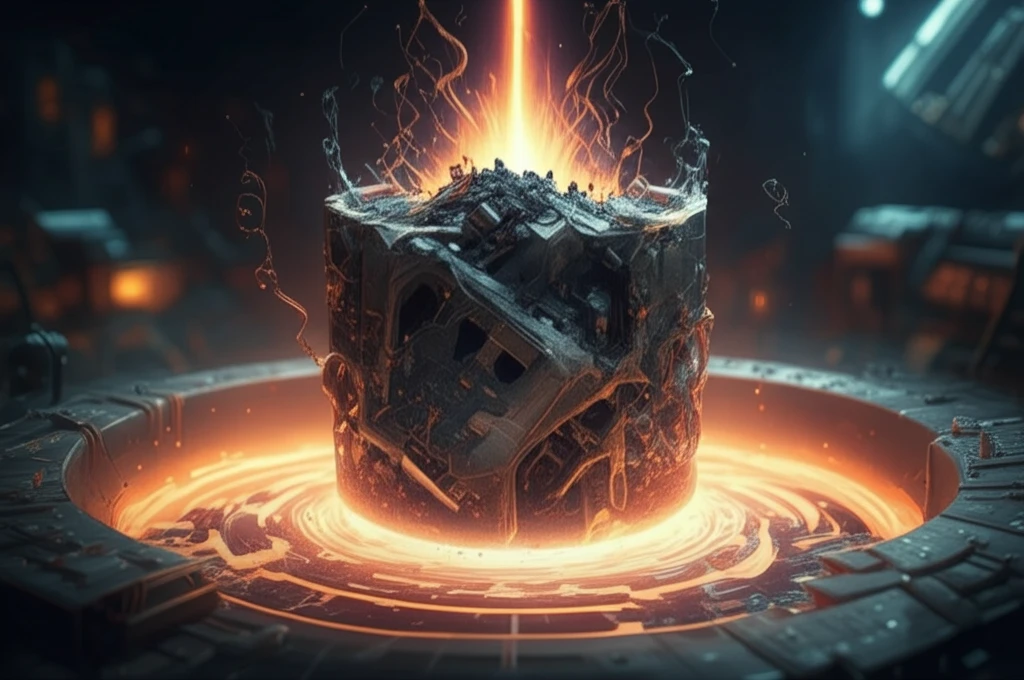
Quenching Made Simple: How to Perfect Your Steel Hardening
"Unlock the secrets of quenching AISI 4340 steel and optimize its properties for peak performance. Learn how time, temperature, and technique play key roles in achieving the perfect hardness and minimal distortion."
In industries ranging from aerospace to automotive, the quest for stronger, more durable materials is constant. Steel, known for its versatility and cost-effectiveness, remains a foundational element. Among the myriad of steel alloys, AISI 4340 stands out due to its exceptional combination of strength, ductility, and hardness. But unlocking its full potential requires a precise understanding of heat treatment processes, especially quenching.
Quenching, the rapid cooling of steel from high temperatures, is a critical step in enhancing its mechanical properties. By carefully controlling this process, engineers can tailor the microstructure of the steel to meet specific performance requirements. The key lies in mastering the parameters of quenching, including the austenitizing temperature and time, as well as the cooling rate. But what happens when these parameters aren't optimized? The consequences can range from unwanted distortions to diminished hardness, impacting the final product's reliability and lifespan.
This article breaks down a study published in 'Materials Research' which investigates the effects of quenching parameters on AISI 4340 steel, using a Design of Experiments (DoE) approach. We'll explore how factors like temperature, time, and cooling medium interact to influence the steel's microstructure, hardness, and distortion, and how this knowledge can be applied to achieve optimal results in various applications.
The Science Behind Quenching: Understanding the Key Factors

Quenching is not as simple as just heating metal and dunking it in water. The process involves several interdependent factors that must be carefully controlled to achieve the desired outcome. Let's examine the most critical elements:
- Temperature's Delicate Balance: Finding the sweet spot involves dilatometric testing to pinpoint the ideal austenitizing temperature range.
- Time is of the Essence: Longer soak times at the austenitizing temperature can dissolve more carbides, but also risk grain coarsening.
- Cooling Rate is Key: The speed at which the steel is cooled dictates the final microstructure. Rapid cooling transforms austenite into martensite, a hard but brittle phase.
- Quenching Media Matters: Different cooling media, such as water, oil, or aqueous solutions, offer varying cooling rates. The choice depends on the alloy's hardenability and the desired microstructure.
Mastering the Quench: Final Thoughts
In conclusion, quenching is a complex but controllable process that can significantly enhance the properties of AISI 4340 steel. By carefully selecting and controlling parameters such as austenitizing temperature, soaking time, and cooling medium, engineers can achieve the desired hardness and minimize distortion. While the study emphasizes the importance of cooling rate, it also underscores the need for a holistic approach that considers the interplay of all factors. The information in this article provides a solid foundation for professionals and hobbyists alike, helping them optimize their heat treatment processes and unlock the full potential of AISI 4340 steel.
